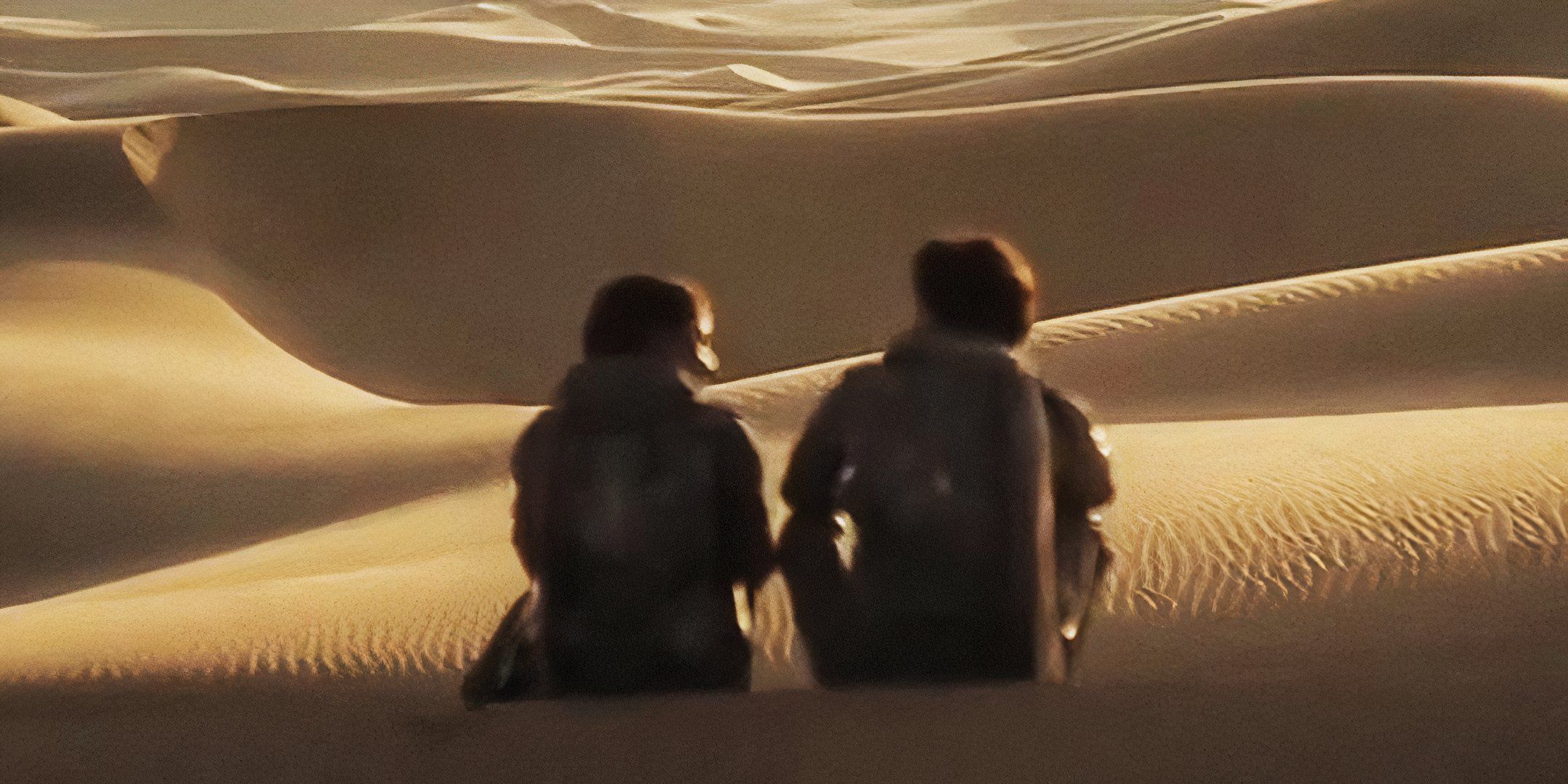
The upcoming film adaptation of Dune: Part Three, which will likely be the final movie in the Dune series featuring Paul Atreides, seems to have addressed one of the trickier aspects of the novel, Dune Messiah. As it stands, the new installment must establish the remaining characters for the rest of the story. With notable figures like Florence Pugh’s Princess Irulan reprising her role, the film is expected to boast a distinctive ensemble when it hits theaters in 2026.
The Dune novels are quite challenging to turn into movies. In fact, director Denis Villeneuve had to take major creative freedoms to narrate even the first novel across two films, and this task becomes increasingly complex with each subsequent installment in the series. Given that the Dune Messiah novel contains some of the strangest events in the entire story, it’s reasonable to expect that the film adaptation will undergo considerable changes. One of these modifications is already hinted at by scenes from the previous movie, paving the way for the franchise’s future success.
Alia Atreides & Duncan Idaho (Hayt) Have A Romance In Dune Messiah, But It’s Really Odd
The Romance Between The Characters Wouldn’t Work As Written
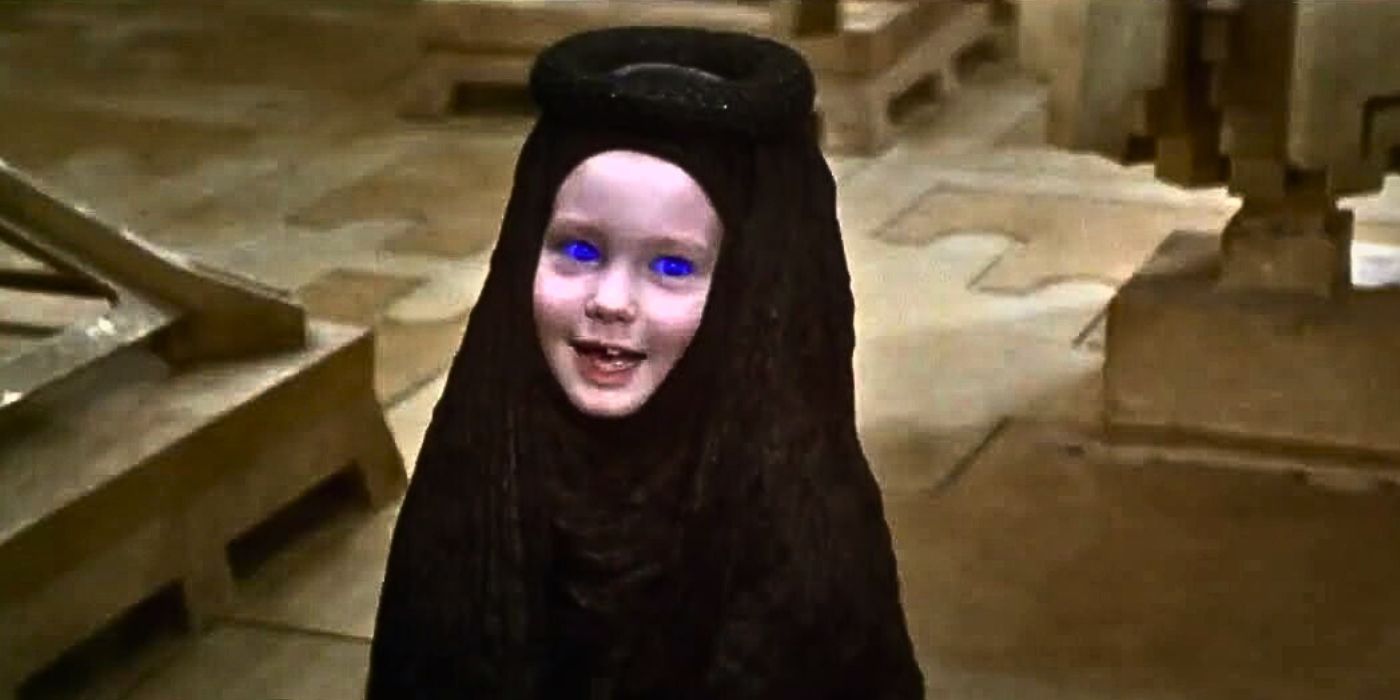
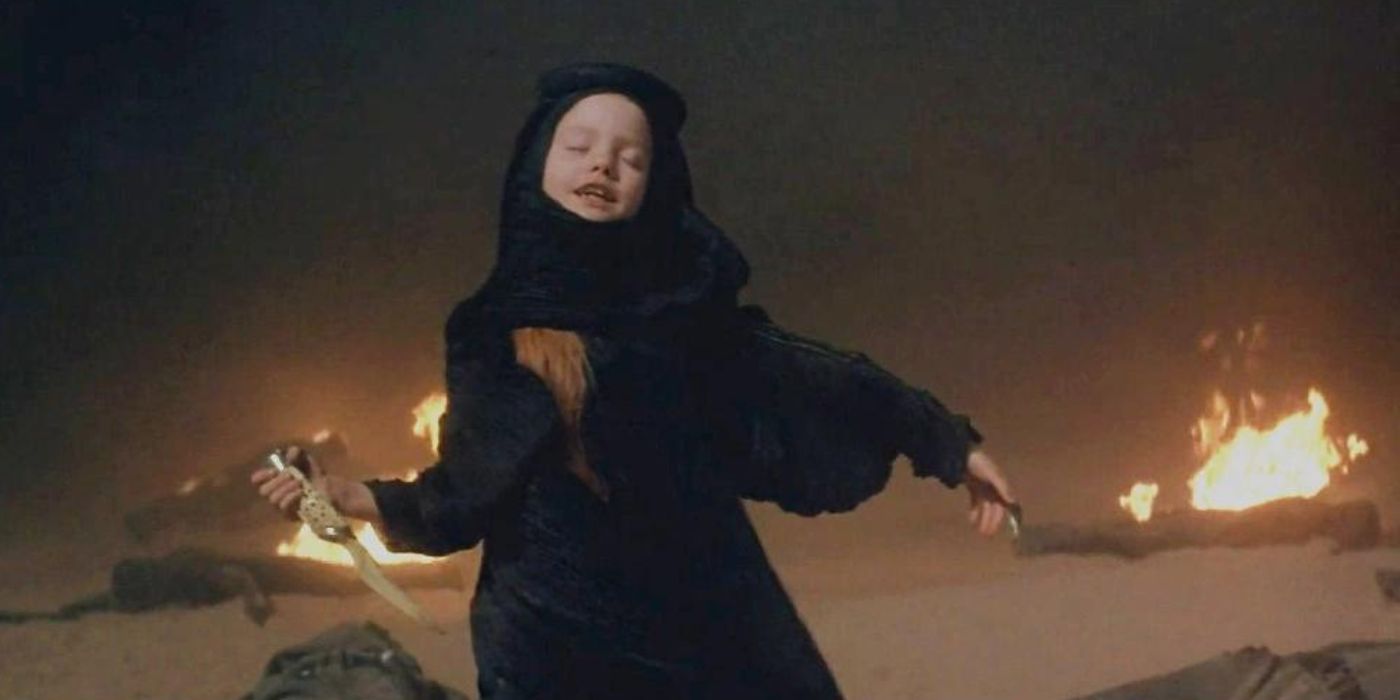
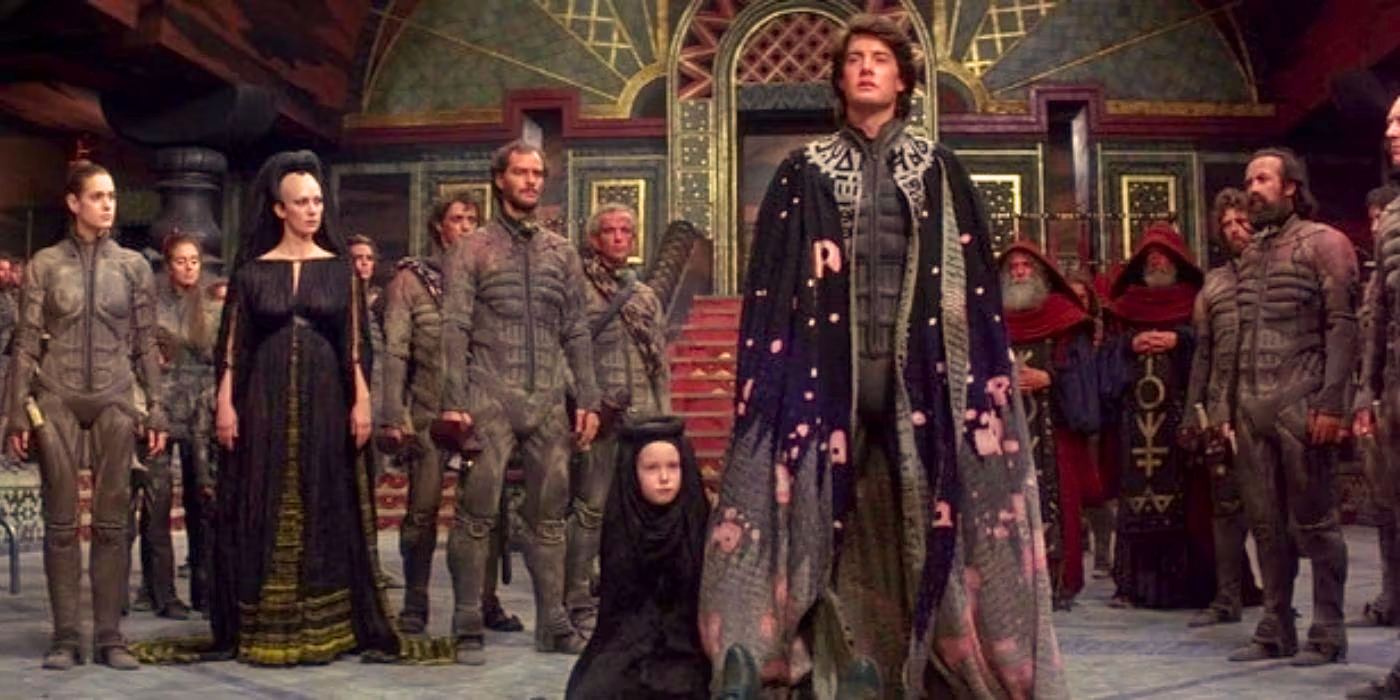
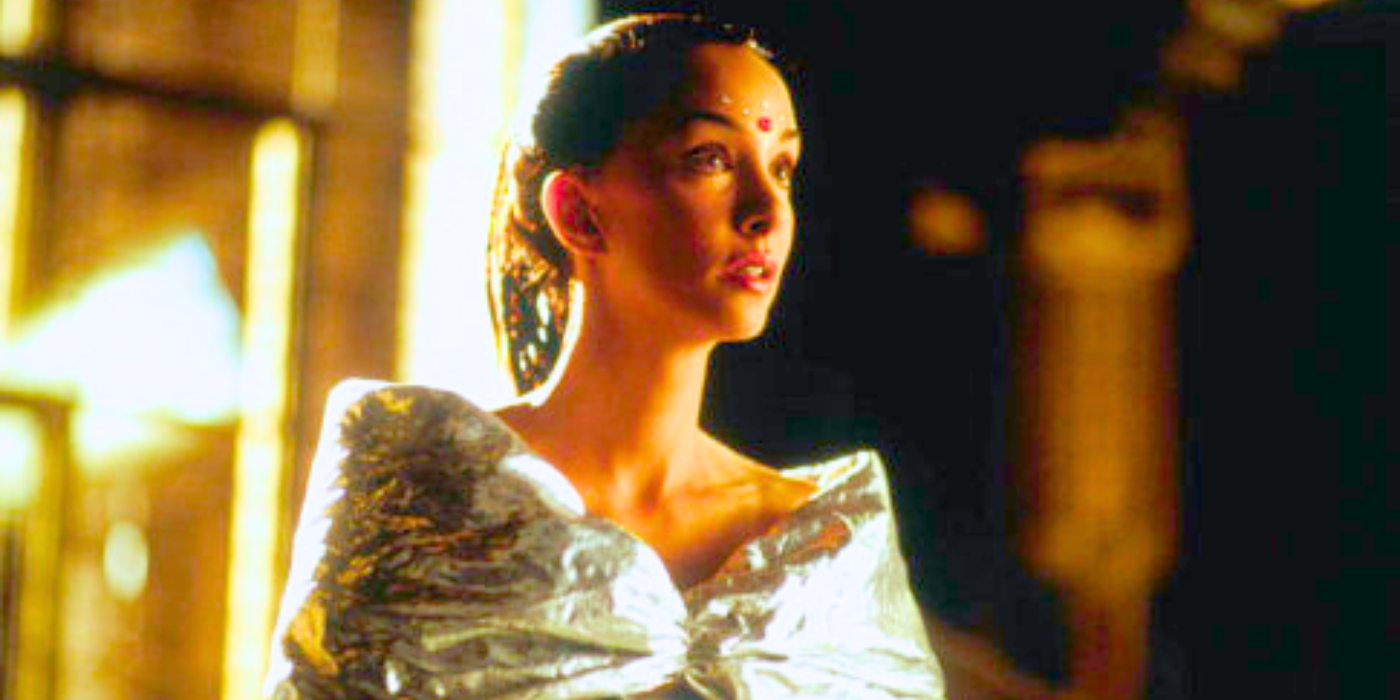
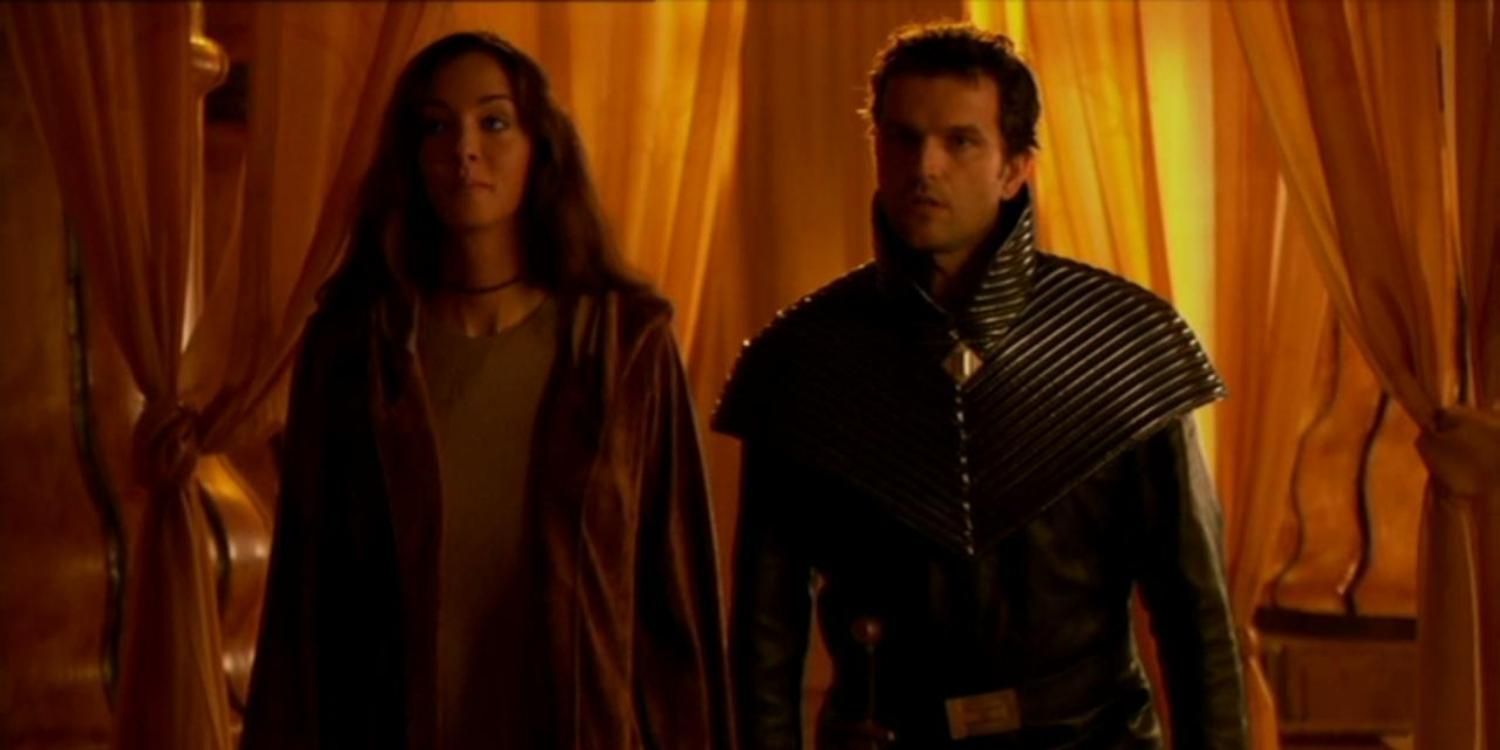
In the Dune series, Alia Atreides stands out as one of the most peculiar characters due to her unusual nature, which extends into her romance with Hayt in Dune Messiah. Born in Dune with the full powers of the Bene Gesserit, Alia is a unique child, resulting from Jessica undergoing the spice agony process. Her uniqueness earns her great reverence and worship among the Fremen on Arrakis, leading to a rather strange and disconcerting romantic relationship that unfolds in the storyline.
Among the most remarkable characters in “Dune,” “Dune Messiah,” and “Children of Dune,” and beyond, Duncan Idaho stands out, with his storyline commencing from this very novel. Interestingly, after Duncan’s demise in the first “Dune,” he is reborn as a ghola in “Dune Messiah.”
Gholas are artificial humans produced by the Bene Tleilax, who regenerate individuals from cells. These cells must be sourced from a deceased person, not a living one. This regeneration process takes place within an Axlotl tank and usually results in the creation of an adult human.
In the story of Dune Messiah, Alia is depicted as a teenager. If we were to imagine a continuation in Dune: Part Three, it would feel awkward to portray her in a romantic relationship with an adult like Hayt, considering the significant age difference. It’s worth noting that the Axlotl tanks are capable of restoring humans to their original age at death, which could lead to a potentially awkward age gap between Hayt and Alia at the start of Dune: Part Three. Since Alia is not yet born during the events of Dune: Part Two, this potential storyline might create an uncomfortable dynamic in the new film.
Anya Taylor-Joy & Jason Momoa’s Castings Help Make Alia & Hayt’s Romance A Bit More Acceptable
Both Actors Are At Least Adults In The Upcoming Dune Sequel
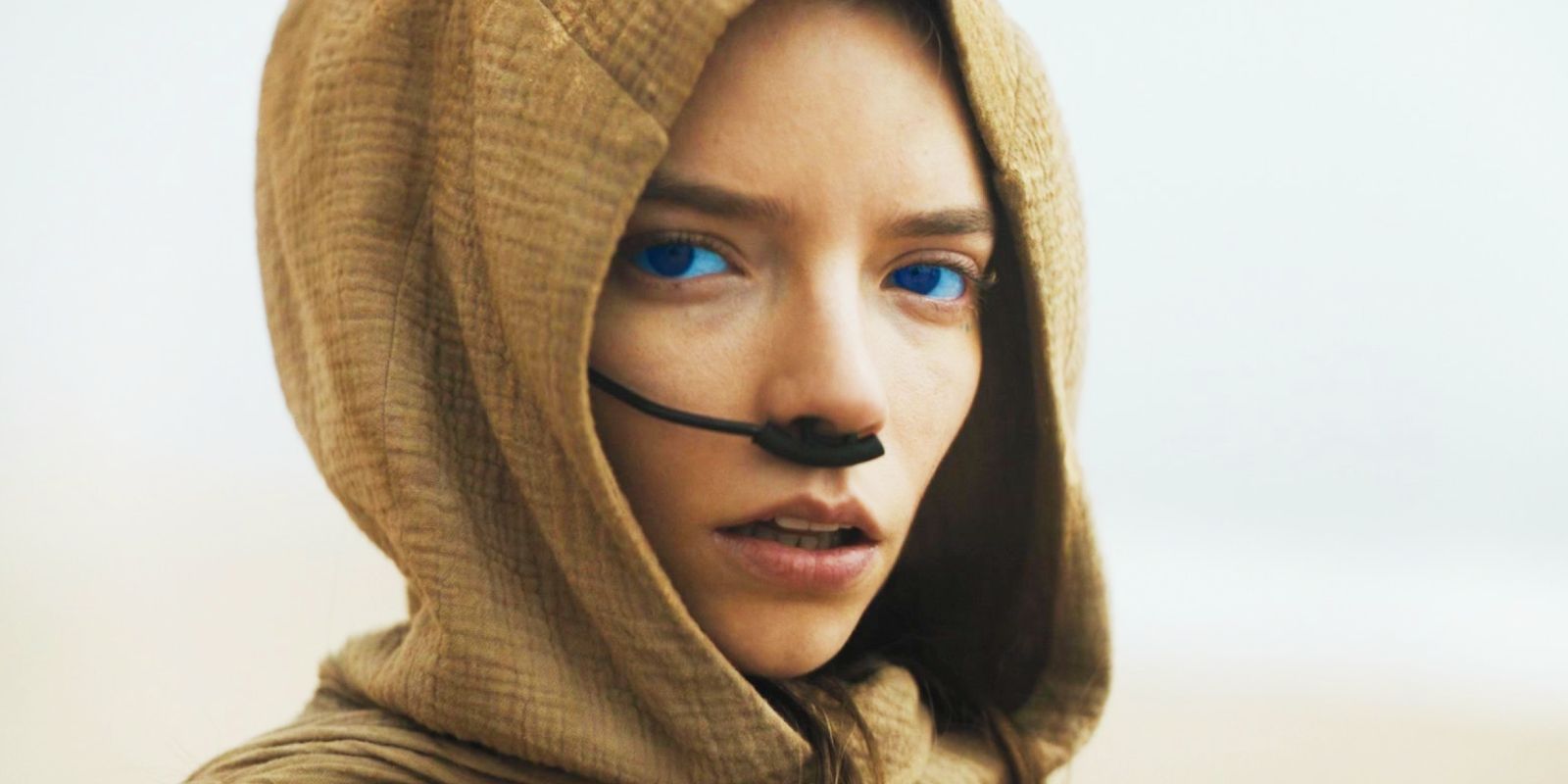
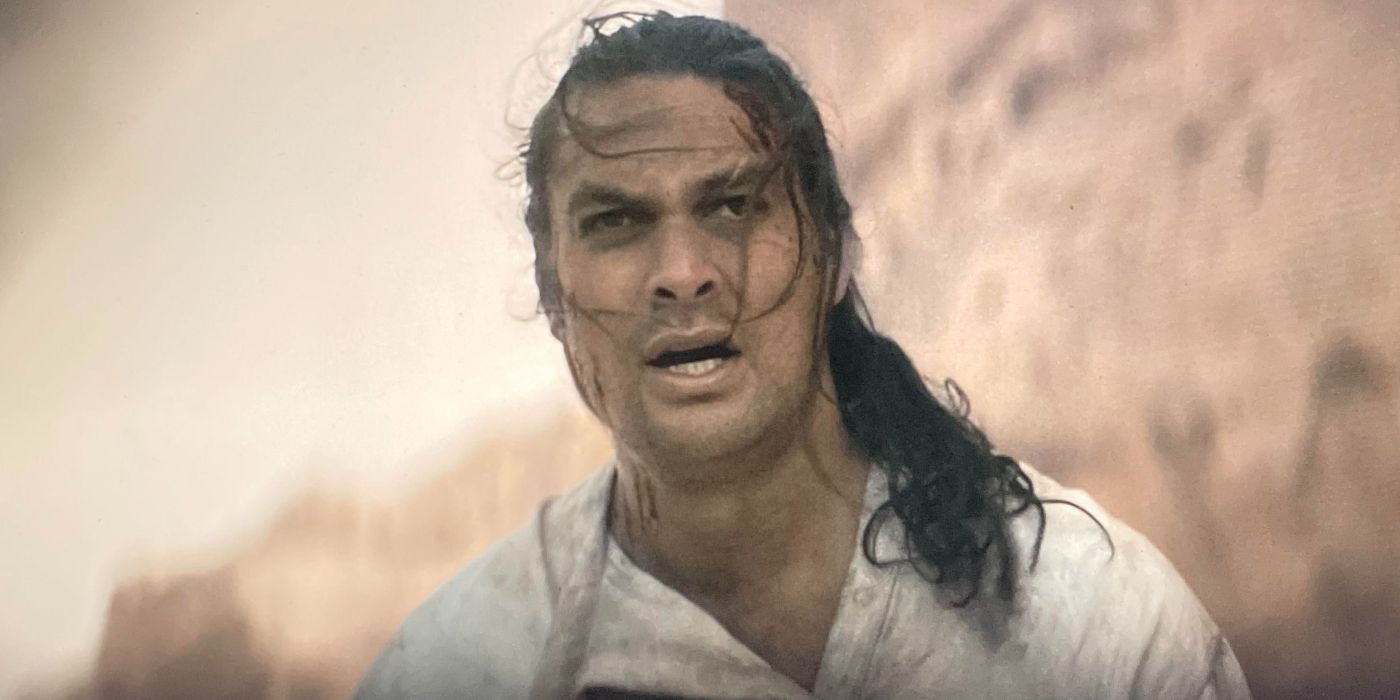
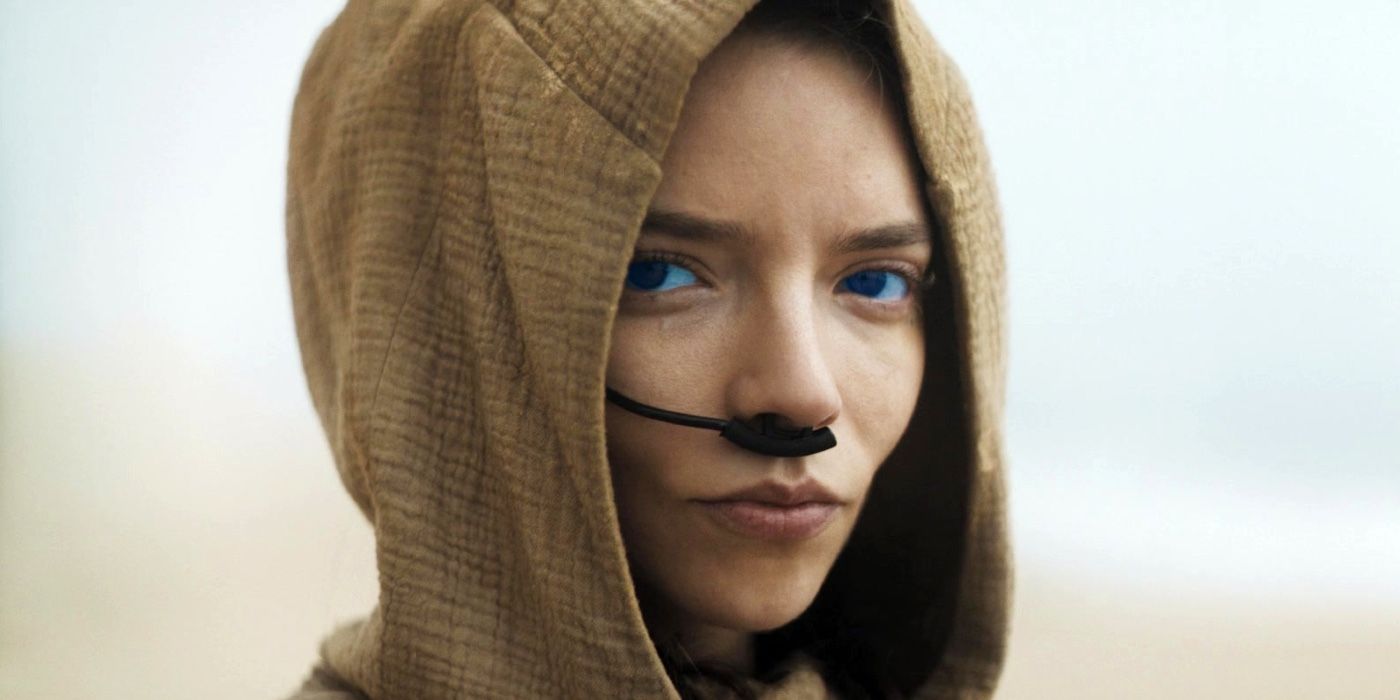
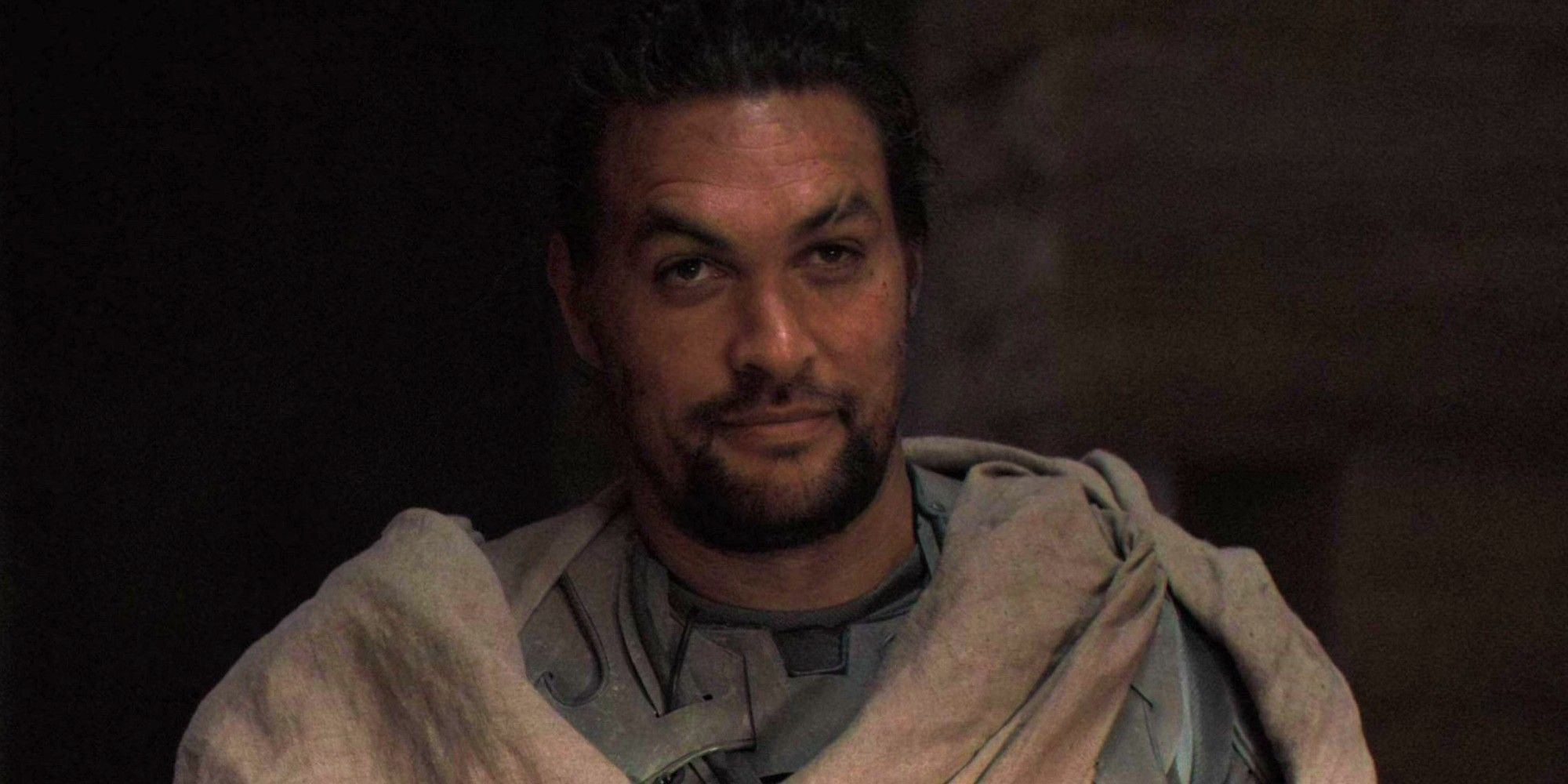
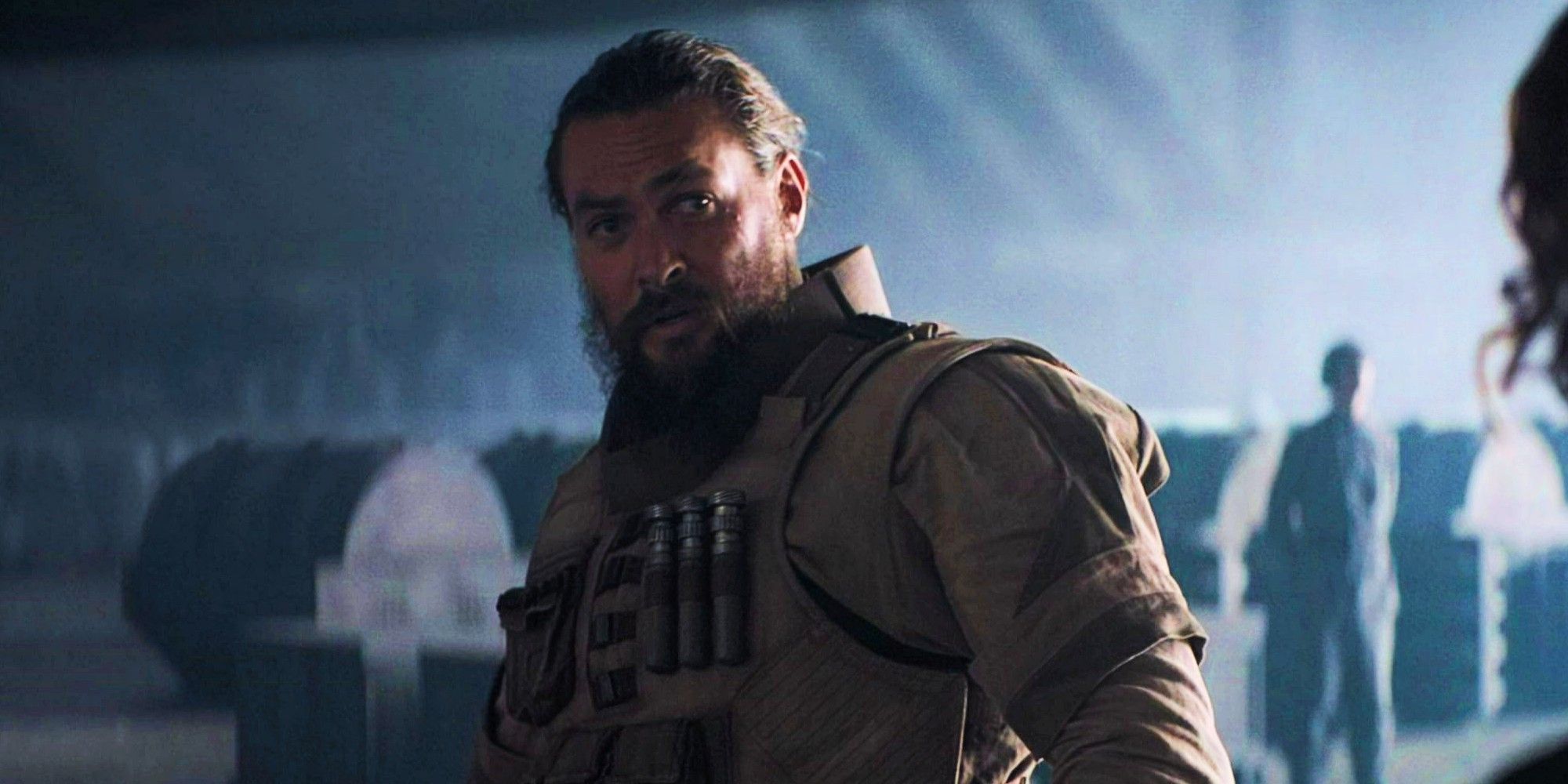
As a film enthusiast, I’m thrilled to share the news that both Anya Taylor-Joy and Jason Momoa will be reprising their roles in Dune: Part Three. Now, even though there’s a bit of an age difference – with Anya being 29 and Jason being 45 – I find it far less troubling than the dynamic between their characters in the story. The age gap is more acceptable given the nature of their relationship in the films.
Interestingly, in Dune: Part Two, Alia will have grown older, which leads me to speculate that the next sequel might explore her character and her aging process on-screen. It’s an intriguing thought, considering how age can add depth and complexity to a character’s journey in the Dune universe.
As a devoted cinephile, I’m thrilled about the upcoming details in “Dune: Part Three.” It’s reassuring that Jason Momoa’s Duncan Idaho won’t be romantically entangled with a character who appears to be a teenager. This could potentially create awkward scenes within the series. However, since Alia is young, Anya Taylor-Joy’s unique and eerily captivating appearance can lend itself to diverse interpretations of what youth on Arrakis might look like. Exploring this intrigue in the new sequel promises an engaging experience.
The recent movie adaptations of the Dune books have undergone numerous alterations, most of which have been beneficial. Although Frank Herbert’s novels are renowned pillars in science fiction literature, it’s gratifying to observe a bold director like Denis Villeneuve maintaining the essence of the source material while introducing thoughtful modifications that enhance Dune as a cinematic experience. The alterations made to Alia and Hayt, primarily due to casting decisions, have been particularly welcoming.
As a passionate cinephile, I’m thrilled about the prospect of Alia seamlessly fitting into the universe previously set in the first two Dune films, particularly with Dune: Part Three on the horizon. With an exceptional talent like Anya Taylor-Joy portraying her role, this enigmatic character could potentially carve a significant and adored niche in pop culture. It’s reassuring to see that the filmmakers have chosen to age up her character, thereby allowing them to reinvent what could initially be a troubling romance into an engaging narrative thread for audiences to connect with.
Read More
- 50 Ankle Break & Score Sound ID Codes for Basketball Zero
- Who Is Harley Wallace? The Heartbreaking Truth Behind Bring Her Back’s Dedication
- 50 Goal Sound ID Codes for Blue Lock Rivals
- Mirren Star Legends Tier List [Global Release] (May 2025)
- League of Legends MSI 2025: Full schedule, qualified teams & more
- 100 Most-Watched TV Series of 2024-25 Across Streaming, Broadcast and Cable: ‘Squid Game’ Leads This Season’s Rankers
- 28 Years Later Fans Go Wild Over Giant Zombie Dongs But The Director’s Comments Will Shock Them
- Pacers vs. Thunder Game 7 Results According to NBA 2K25
- Basketball Zero Boombox & Music ID Codes – Roblox
- Nintendo Switch 2 System Update Out Now, Here Are The Patch Notes
2025-05-12 22:34